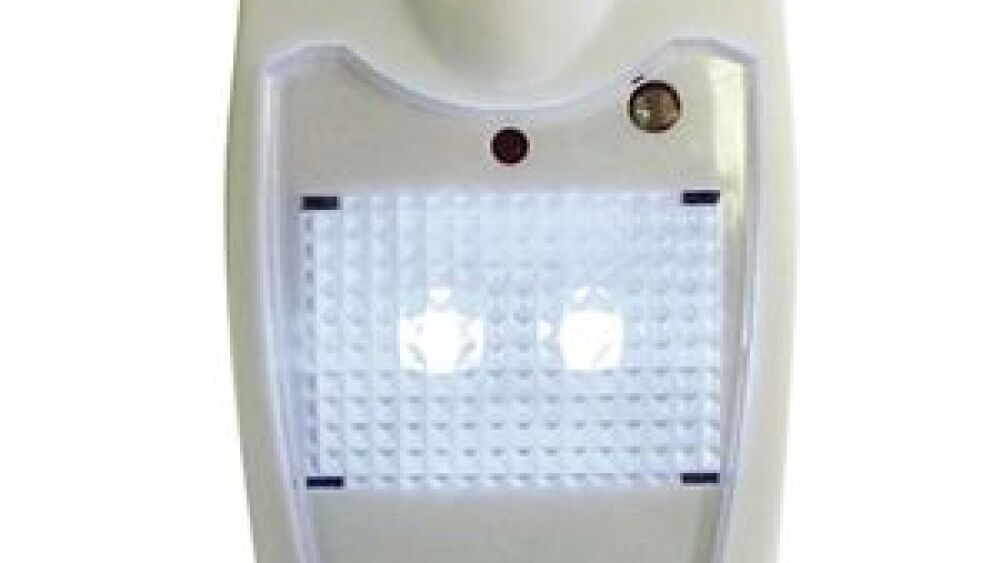Have you had patients fall walking from their bed to the toilet? Did they hesitate to turn on a light because they didn’t want to wake their spouse?
Fall prevention is a multidisciplinary effort to manage chronic disease, increase or maintain physical strength and capability, and improve home safety. Motion-sensing night lights are an inexpensive solution to improve lighting in the home of any patient at risk of a trip or fall. I have installed and used several types of lights.
Motion-sensor LED light
A motion-sensor LED light, like this Maxxima 5 LED Night Light With Sensor plugs into any standard wall outlet. When it detects nearby motion, the light turns on automatically. The LED lights illuminate a wide area of floor, and are programmed to stay on for several minutes. These lights are quickly installed and can be easily moved.
Always-on LED light
Other types of LED lights are programmed to come on in low or no-light conditions. I recently purchased a 3-pack of these Capstone wall plates. After removing the existing wall plate, the LED wall plate plugs into the top outlet, leaving the lower outlet open for other uses. A high or low light setting is available, and there is also a “power failure” option. The light promises three hours of illumination from an internal battery.
3-in-1 LED lights
Like this Greenlite Nitelite, plug-in 3-in-1 LED lights have multiple uses:
- Motion-sensing night light
- Emergency light in case of electricity outage
- A removable, always-charged flashlight
For an elderly, at-risk fall patient, I would make sure to install this light at or above waist level so the flashlight is easily reached, without bending or kneeling.
LED toilet illumination
The Orient Glamor LED Motion Sensor Toilet Light glows red when the seat is up and green when the seat is down, both making it easier to find the toilet and indicating its operational readiness. This light could potentially solve many household arguments.
Distribute LED lights to at-risk patients
Many fire departments distribute smoke and CO detectors in their community. LED lights for at--risk patients can dramatically improve home safety and reduce the number of fall-assist responses. With a per-unit cost of $5 to $10, your department could begin carrying and distributing immediately.
Have you installed LED lights in your community? Which models do you recommend? Share your success stories in the comments













